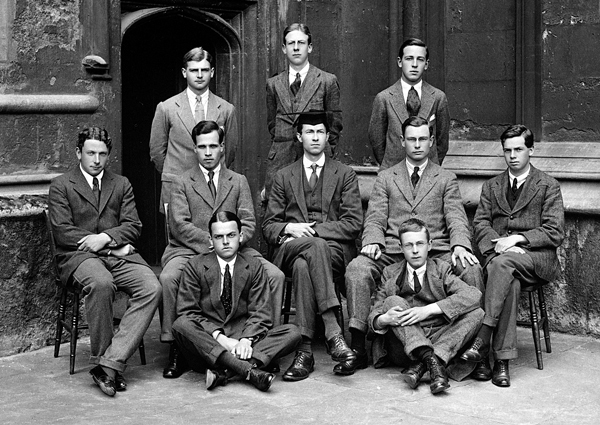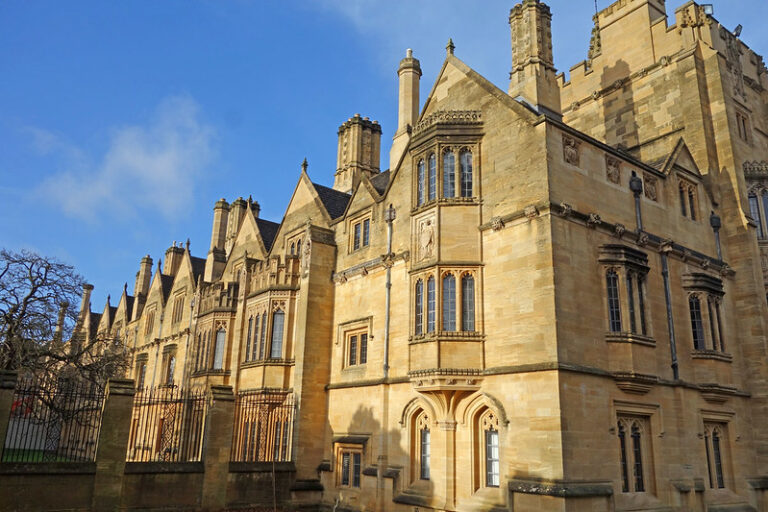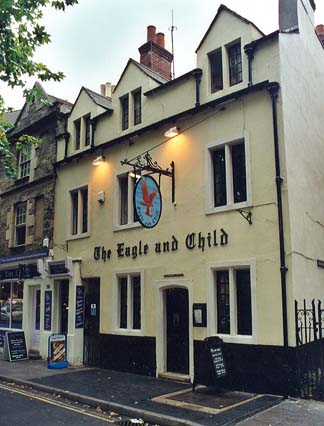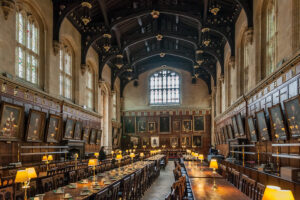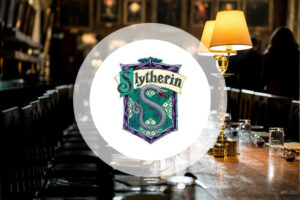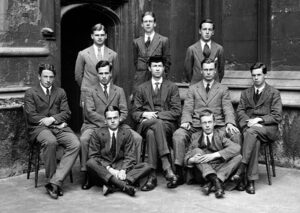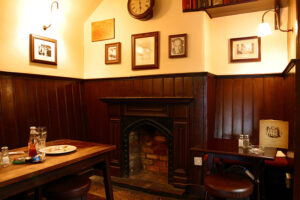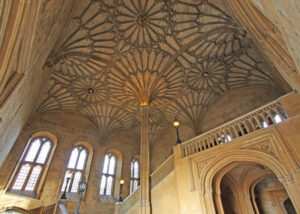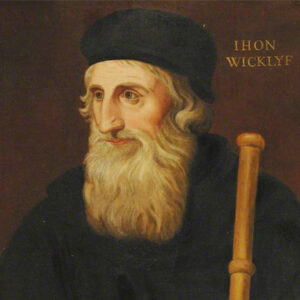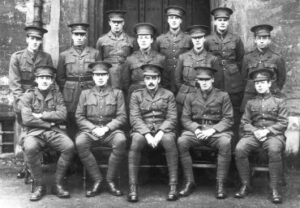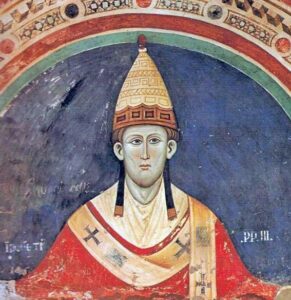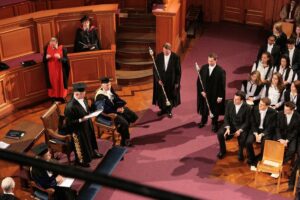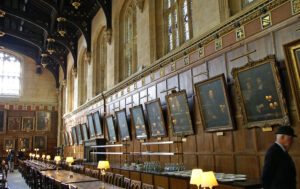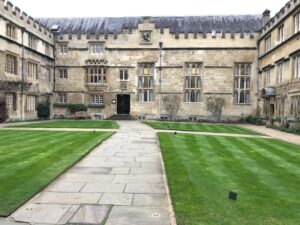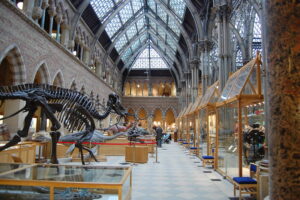As a result of a scholarship from University College, C. S. Lewis was able to attend Oxford University in 1917, two years after his birth in Belfast. In 1922, he earned a double first in Greats (classical philosophy and history). J.R.R. Tolkien joined Oxford University in 1911. He attended Exeter College, Oxford, where he studied Classics and English Language and Literature. So, what was the relationship like between these two literary giants?
During his time at Oxford University, C.S. Lewis not only excelled academically but also became deeply involved in the intellectual and social life of the university. He was a member of the prestigious literary group known as the Inklings, which included notable figures such as J.R.R. Tolkien and Charles Williams.
Lewis’s experiences at Oxford played a significant role in shaping his literary career and worldview, inspiring many of the themes and ideas that would later feature prominently in his works, including “The Chronicles of Narnia” series. Throughout his time at Oxford, Tolkien also developed a passion for languages and mythology, which would later become central themes in his writings, most notably in “The Hobbit” and “The Lord of the Rings” trilogy.
Lewis and Tolkien developed lifelong friendships and professional relationships with fellow scholars and writers during his time at Oxford. So, let’s look at the profound impact the university had on their lives and legacies.
Learn more about the Inklings, Tolkien and Lewis’ literary group in Oxford:
The Inklings: Celebrating Oxford’s Fantasy Literature Trailblazers
C.S Lewis and J.R.R Tolkien Meet in Oxford
Both C.S. Lewis and J.R.R. Tolkien arrived at Oxford University through different paths but eventually found themselves in the same academic and literary circles, leading to one of the most famous friendships in literary history.
Lewis, born in Belfast, was awarded a scholarship to University College, Oxford, in 1917. Despite initially struggling with the transition to university life, Lewis quickly found his academic footing, earning a double first in Greats (classical philosophy and history) by 1922. Tolkien, on the other hand, attended Exeter College, Oxford, where he also excelled academically, specializing in languages and philology.
Their paths converged when both Lewis and Tolkien became faculty members at Oxford University. Lewis was a Fellow and Tutor in English Literature at Magdalen College, while Tolkien held the position of Rawlinson and Bosworth Professor of Anglo-Saxon at Pembroke College. Their shared interests in literature, language, and mythology naturally drew them together, and they soon became friends.
Their friendship deepened over shared interests in medieval literature, mythology, and language, particularly Old English and Old Norse. They also formed a close-knit group of writers and scholars known as the Inklings, which met regularly at Lewis’s rooms in Magdalen College to discuss their literary works and share ideas.
It was within this creative and intellectual community that Lewis and Tolkien forged a bond that would endure for decades, profoundly influencing each other’s writing and leaving an indelible mark on the landscape of fantasy literature.
C.S. Lewis and J.R.R Tolkien: A Like-Minded Friendship Rivalry
Lewis and Tolkien had a public relationship and rivalry, though it was complicated. The Lord of the Rings might never have seen the light of day if not for his fiend’s constant urging. Similarly, the Silmarillion’s interconnecting maze would have remained a dedicated interest. The force of Tolkien’s influence may be seen in all of Lewis’ writings produced after he met him in 1926.
A love of language and imagination, nourished by a profound and extensive reading of northern myth and fairytales, was the foundation of their friendship. They were both romantics who avoided contemporary poetry. They had both lost their mothers when they were young and had lost the majority of their pals to the horrors of the trenches. Both of them were devout Christians. Tolkien remained constant while Lewis fell in and out of faith. Their most successful writing was founded on their Christian faith.
In terms of literary taste, Tolkien and Lewis were at odds. Narnia was “beyond the realm of my sympathy,” Tolkien conceded, “as much of my writing was outside his.” “An unpleasant and in places terrible piece,” he said of Lewis’ Letters to Malcolm. He gently chastised Jack for using Middle-earth terminology in his own stories. “Lewis was a highly impressionable man,” he said, describing Lewis’ writing as “creaking” and “stiff-jointed,” and suggesting it was unoriginal.
Their friendship was deep and meaningful, yet their disagreements and rivalries were legendary. While they frequently praised each other’s published works in public, they were hesitant to do so in private. Tolkien was critical of Lewis’ Narnia books, particularly the religious aspects. He believed the Christian archetypes were far too overt and evident, and that the works’ popularity would encourage heresy.
‘So far I have felt the normal feelings of a man of my age – like an old tree that is losing all its leaves one by one: this feels like an axe-blow near the roots.”
Learn More About Tolkien's and Lewis' Oxford
Discover the rich tapestry of Oxford University that shaped the lives and friendships of two literary giants, J.R.R. Tolkien and C.S. Lewis and delve into the academic and social landscapes of Oxford during their time.
-
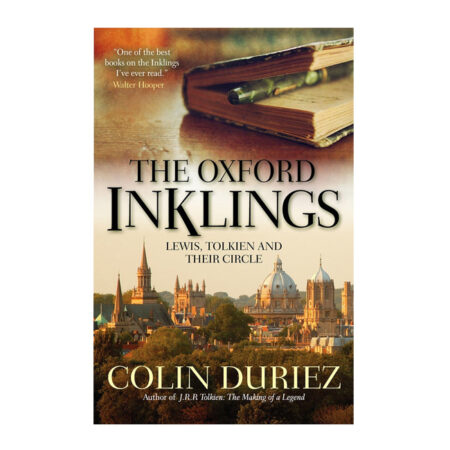
The Oxford Inklings: Lewis, Tolkien and Their Circle
£18.86 Get it from Amazon -
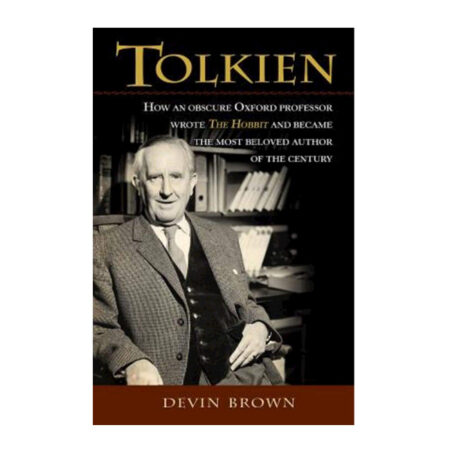
Tolkien: How an Obscure Oxford Professor Wrote The Hobbit
£7.36 Get it from Amazon -
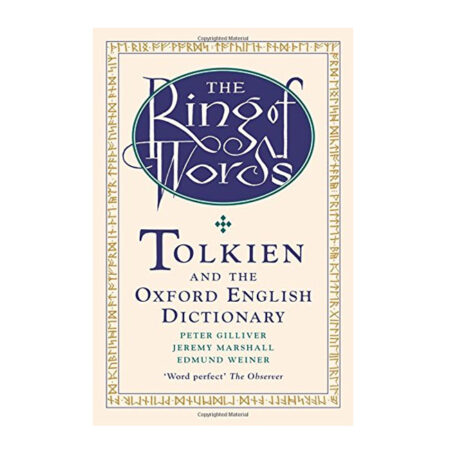
The Ring of Words: Tolkien and the Oxford English Dictionary
£22.83 Get it from Amazon -
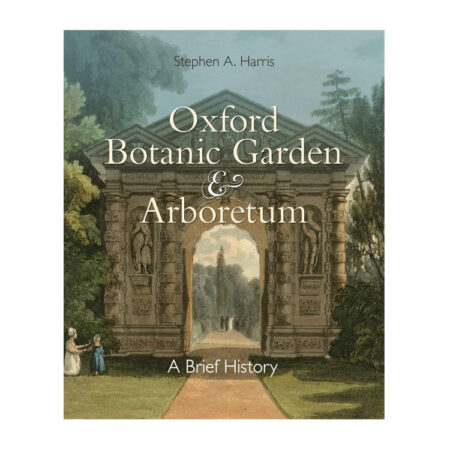
Oxford Botanic Garden & Arboretum: A Brief History
£19.67 Get it from Amazon
